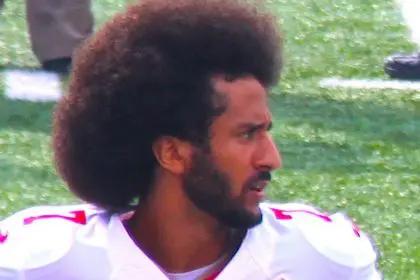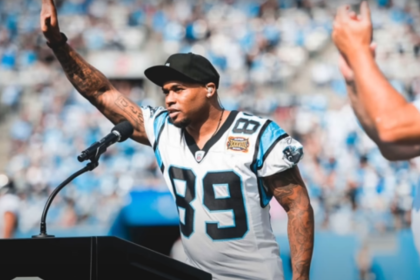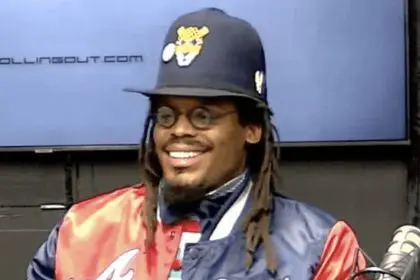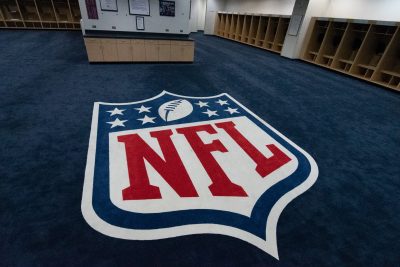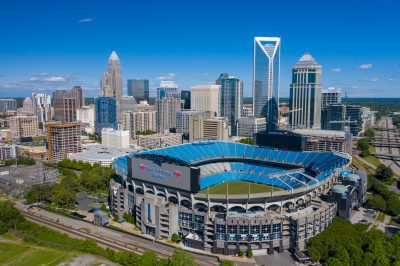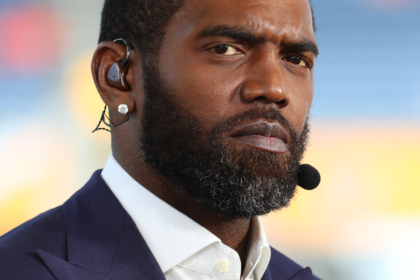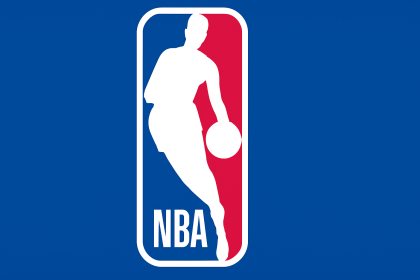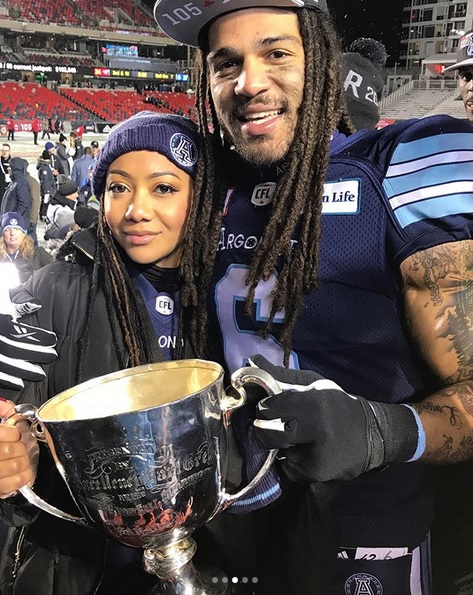
In September 2016, Marcus Ball raised one finger to the sky during the national anthem before his first game after being promoted from the team’s practice squad. Only a couple of days after the demonstration, Ball was cut.
“Before kickoff, they played the national anthem, as they always do,” Ball wrote in a Sports Illustrated column. “I stood. I honored the flag. I prayed. I sang. But I also acknowledged the protests and recent events that had been building around the country and recently in Charlotte. (That very week, a black man had been fatally shot by a police officer in the city.)”
Ball said he later noticed that he was the only Panther to make any gesture during the anthem. Ball also realized that team owner Jerry Richardson might not have liked protesting players or players with dreads and tattoos — Ball fell under all three of those categories. He was re-signed to the Panthers practice squad and later finished the 2016 season with Colin Kaepernick and the San Fransisco 49ers. He played in the Canadian Football League this past season.
The suspicions of Ball being released for the demonstration grew when Ball read about a Black team scout leaving after Richardson used a racial slur. Richardson is now selling the team after Sunday’s loss to the New Orleans Saints in the wild-card round of playoffs.
Kaepernick became a cultural icon for protesting during the anthem in the 2016 preseason. He started protesting by sitting down during the anthem, but after speaking to a veteran, Kaepernick agreed to begin kneeling for the anthem with respect to the military. Growing up as a mixed-race adopted child, Kaepernick began researching his African roots and what it meant to be a Black man in America. In addition to his anthem protest, he also had a million-dollar pledge, where he donated $1M to various organizations around America.

